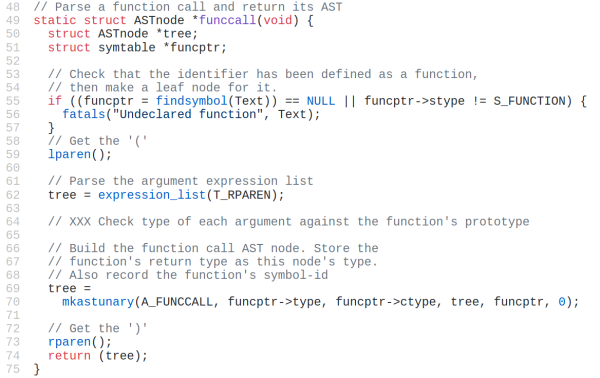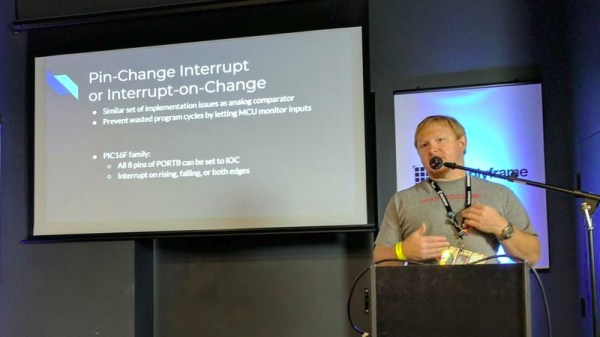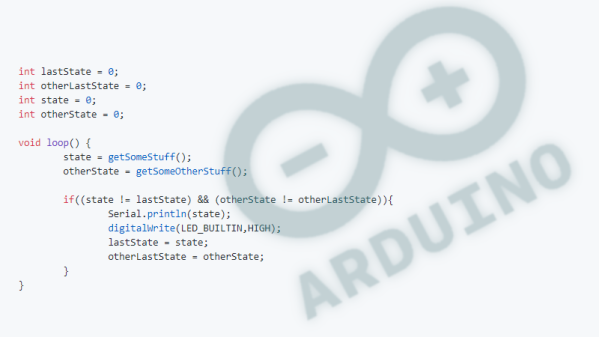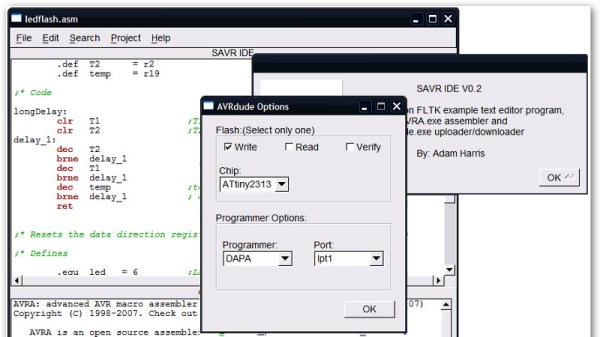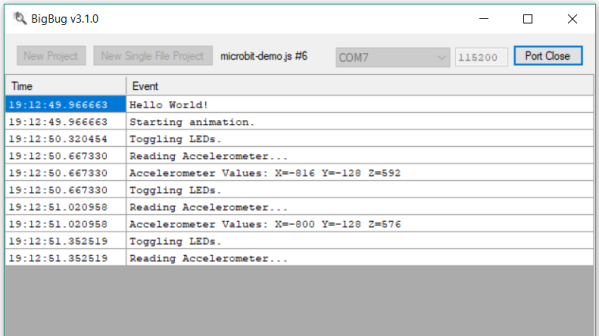“Revision” is probably the Olympics of the demoscene. The world’s best tiny graphics coders assemble, show off their works, and learn new tricks to pack as much awesome into as few bytes as possible or make unheard-of effects on limited hardware. And of course, there’s a competition. Winning this year’s 256-byte (byte!) competition, and then taking the overall crowd favorite award, was [HellMood]’s Memories.
If you watch it in the live-stream from Revision, you’ll hear the crowd going (virtually) wild, and the announcer losing his grip and gasping for words. It’s that amazing. Not only are more effects put into 28 bytes than we thought possible, but there’s a full generative MIDI score to go with it. What?!?
But almost as amazing is [HellMood]’s generous writeup of how he pulled it off. If you’re at all interested in demos, minimal graphics effects, or just plain old sweet hacks, you have your weekend’s reading laid out for you. [HellMood] has all of his references and influences linked in as well. You’re about to go down a very deep rabbit hole.


